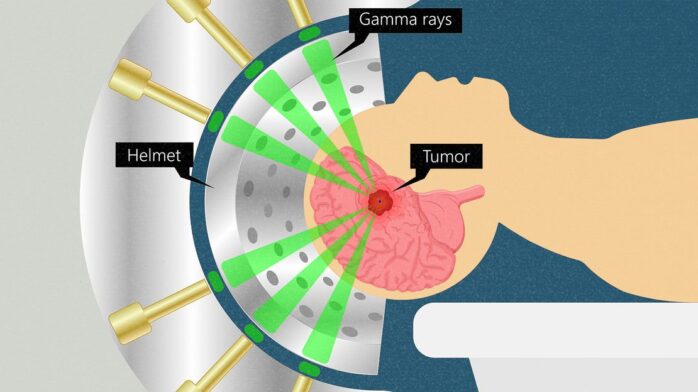
Gliomas are a group of aggressive brain tumors that originate from the glial cells, which support and nourish the neurons in our brain. These tumors are notoriously challenging to treat due to their location and tendency to infiltrate healthy brain tissue. However, in recent years, significant advancements in glioma treatment have emerged, offering new hope to patients and their families.
In this comprehensive blog post, we will explore the latest developments in glioma treatment, from surgery and radiation therapy to emerging therapies and the importance of personalized care.
Types of Gliomas
Gliomas are classified based on their cell of origin and grade. Grade I and II gliomas are considered low-grade and tend to grow slowly. Grade III and IV gliomas, such as glioblastoma multiforme (GBM), are high-grade and more aggressive. GBM is the most common and lethal form of glioma.
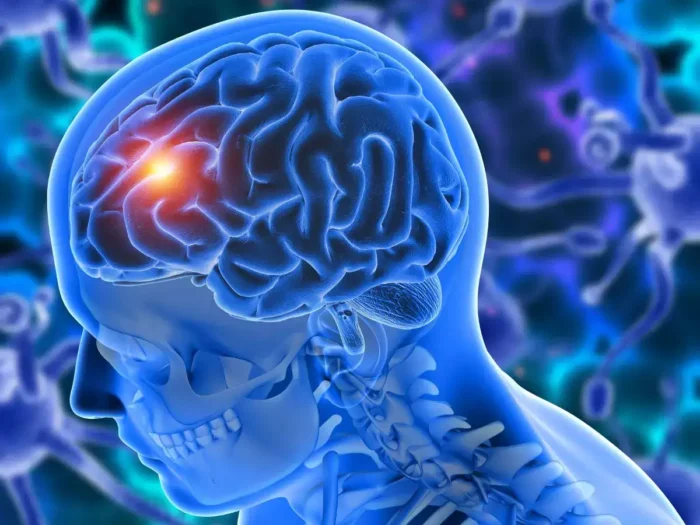
Challenges in Treatment
The treatment of gliomas is complicated by several factors, including the location of the tumor within the brain, its tendency to infiltrate healthy tissue, and the presence of the blood-brain barrier, which limits the effectiveness of certain treatments. These challenges make gliomas one of the most daunting types of cancer to manage.
Surgical Advancements
Maximizing Tumor Removal
Surgery remains a crucial component of glioma treatment. Neurosurgeons use advanced techniques such as image-guided surgery and intraoperative MRI to precisely locate and remove as much of the tumor as possible while preserving vital brain functions. This helps improve patient outcomes and quality of life.
Awake Brain Surgery
In some cases, awake brain surgery is performed to minimize damage to functional brain areas. Patients are awake during the procedure, allowing surgeons to map the brain and ensure that critical functions like speech and motor skills are not disrupted.
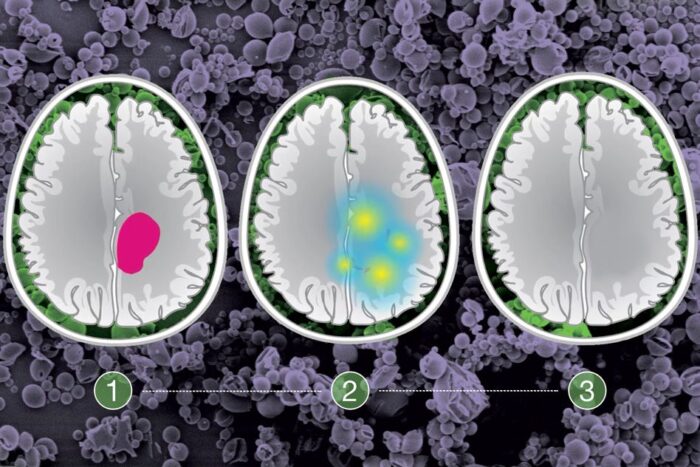
Radiation Therapy
Precise Radiation Delivery
Radiation therapy is a key component of glioma treatment, often used after surgery to target remaining tumor cells. Advances in radiation technology, such as intensity-modulated radiation therapy (IMRT) and stereotactic radiosurgery (SRS), allow for the precise delivery of radiation to the tumor while sparing healthy tissue. This reduces side effects and enhances treatment efficacy.
Proton Therapy
Proton therapy is an emerging radiation treatment for gliomas. It uses protons, rather than traditional X-rays, to deliver radiation. Proton therapy can be advantageous in treating gliomas located near critical structures in the brain, as it can minimize radiation exposure to healthy tissue.
Chemotherapy and Targeted Therapies
Chemotherapy
Traditional chemotherapy has limited success in treating gliomas due to the blood-brain barrier, which can prevent drugs from reaching the tumor. However, newer chemotherapy agents, like temozolomide, have shown some effectiveness in certain glioma cases, particularly with adjuvant therapy following surgery and radiation.
Targeted Therapies
Targeted therapies are a promising avenue in glioma treatment. These drugs are designed to target the molecular abnormalities present in tumor cells specifically. For example, drugs like bevacizumab (Avastin) target the growth of new blood vessels in tumors, disrupting their blood supply. Other targeted therapies focus on inhibiting specific signaling pathways involved in glioma growth.
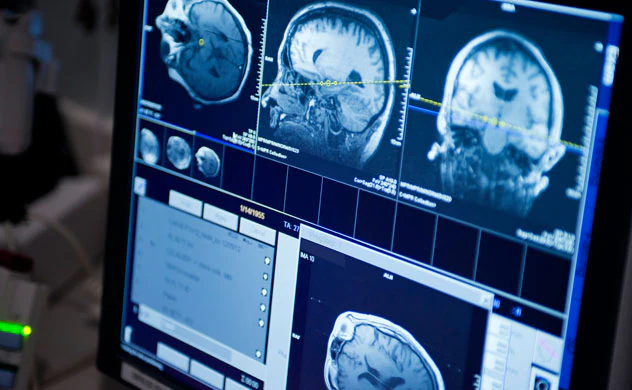
Immunotherapy and Personalized Medicine
Immunotherapy
Immunotherapy, which harnesses the body’s immune system to fight cancer, is a rapidly evolving field. In glioma treatment, checkpoint inhibitors and personalized cancer vaccines are being investigated as potential therapies. Early clinical trials have shown promise, although challenges remain in overcoming the immune-suppressive environment of the brain.
Personalized Medicine
Personalized medicine, guided by genomic and molecular profiling of glioma tumors, is transforming treatment. Identifying specific genetic mutations or alterations within a patient’s tumor can lead to targeted therapies tailored to their unique profile. This approach holds the potential to improve treatment outcomes and minimize side effects.
Emerging Therapies and Clinical Trials
Novel Therapies
Research into novel glioma treatments continues to evolve. Investigational therapies, such as oncolytic viruses and gene therapies, are being explored in clinical trials. These innovative approaches aim to disrupt tumor growth and improve patient survival.
Participation in Clinical Trials
Participation in clinical trials is a valuable option for glioma patients. Clinical trials offer access to cutting-edge treatments that may not be available through standard therapies. It also contributes to advancing our understanding of gliomas and improving treatment options for future patients.
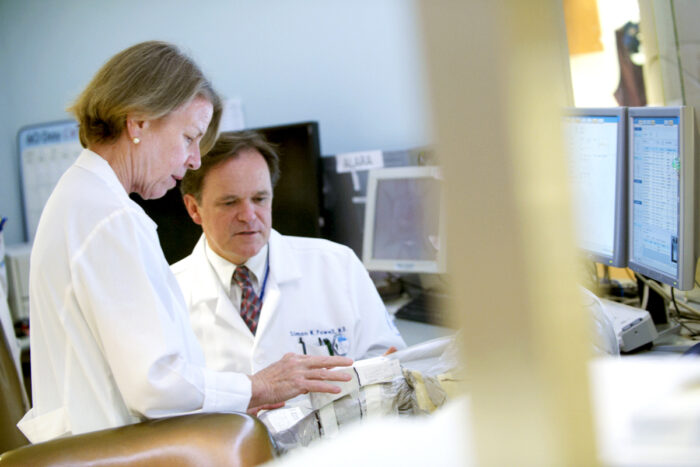
Multidisciplinary Care and Support
Importance of a Multidisciplinary Team
The complexity of glioma treatment necessitates a multidisciplinary approach. A team of specialists, including neurosurgeons, neuro-oncologists, radiation oncologists, and other healthcare professionals, collaborates to provide the best possible care. This approach ensures that treatment strategies are comprehensive and tailored to each patient’s needs.
Gliomas are complex and often aggressive brain tumors that require a multifaceted approach to treatment. The importance of a multidisciplinary team in glioma treatment cannot be overstated. Such teams bring together a diverse group of medical professionals, each with specialized expertise, to provide comprehensive care to patients.
Multidisciplinary teams also facilitate ongoing research and innovation in glioma treatment. By collaborating, these experts can explore new therapies, clinical trials, and emerging technologies, ultimately improving outcomes for patients with this challenging condition.
Emotional and Psychological Support
Coping with a glioma diagnosis can be emotionally challenging for both patients and their families. Support from social workers, counselors, and support groups can provide emotional and psychological assistance throughout the journey, promoting overall well-being.
Glioma treatment extends beyond surgery and chemotherapy. Patients often require rehabilitation, pain management, and psychological support. Physical therapists, pain specialists, and psychologists form an integral part of the team, ensuring that patients receive comprehensive care addressing both the physical and emotional aspects of their journey.
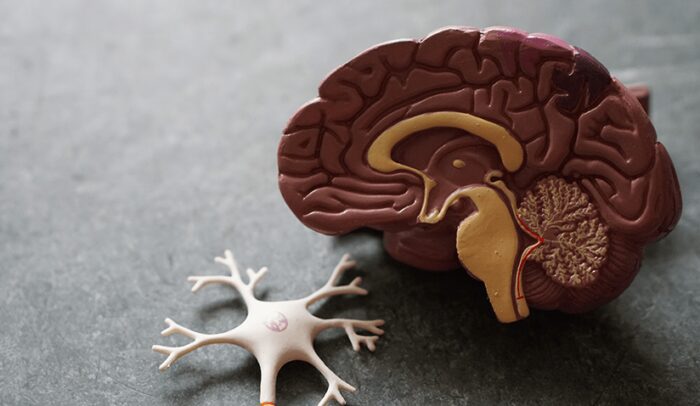
A Glimpse of Hope in Glioma Treatment
Advancements in glioma treatment offer a glimpse of hope for patients and their families facing this formidable disease. While challenges persist, ongoing research and innovative therapies are paving the way for improved outcomes and quality of life.
By leveraging a combination of surgical precision, targeted therapies, immunotherapy, and personalized medicine, the medical community is making significant strides in the fight against gliomas.
As we continue to unravel the complexities of this disease, there is reason to believe that the future holds even more promising treatments and, ultimately, a brighter outlook for glioma patients.






